- Basinikonda, Madanapalle, Annamayya (Dist), AP, Pin - 517325.
- imforupvtltd@gmail.com
About Pig Farming....
Pig Farming: An Overview
Pig Farming, also known as Piggery, is the practice of breeding and raising pigs primarily for pork production, along with valuable by-products like leather, fat, and biogas. It is a vital and lucrative agricultural venture that can be conducted on a range of scales — from small-scale backyard setups to extensive commercial operations. Below is a summary of the essential components of pig farming.
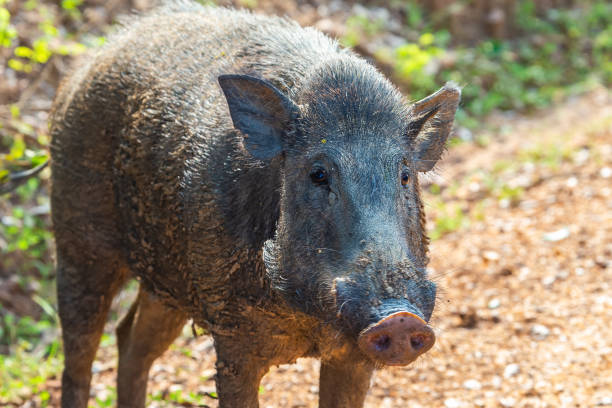

Key Aspects of Pig Farming:
1. Pig Breeds
Choosing the appropriate breed is a key factor in ensuring a successful pig farming operation:
For Meat Production: Breeds like Yorkshire, Landrace, Duroc, and Hampshire are prized for their superior meat quality and fast growth rates.
For Lard Production: Breeds such as Large Black and Gloucestershire Old Spots are preferred for their high-fat output.
Dual-Purpose Breeds: Berkshire pigs, for example, are well-suited for both meat and lard production.
2. Farm Infrastructure
Setting up the right infrastructure is vital for efficient and productive pig farming:
Housing: Pigs require clean, dry, and well-ventilated shelters to stay healthy and thrive. Structures like pens, barns, or pigsties help protect them from harsh weather and diseases.
Fencing: Durable and secure fencing is essential to prevent pigs from straying and to safeguard them from predators.
Waste Management: Implementing effective waste disposal and manure management systems helps maintain hygiene and supports eco-friendly farming practices.

3. Feeding and Nutrition
Providing pigs with proper nutrition is essential for their growth, health, and productivity:
Diet: A pig’s diet should be well-balanced, including carbohydrates, proteins, vitamins, and minerals. Their nutrition can come from commercial pig feed, grains, vegetables, and even kitchen scraps.
Feeding Practices: Maintaining consistent feeding times and ensuring pigs have constant access to clean, fresh water are vital for optimal health
4. Breeding and Reproduction
Effective breeding strategies contribute to a robust and productive pig herd:
Breeding Stock: It’s important to select healthy and genetically superior sows (females) and boars (males) for breeding purposes.
Gestation and Farrowing: The gestation period for pigs is approximately 114 days (3 months, 3 weeks, and 3 days). Providing attentive care during farrowing (the birthing process) helps improve piglet survival rates.
Weaning: Piglets are typically weaned at around 3 to 4 weeks of age and gradually introduced to solid feed to support their growth and development.
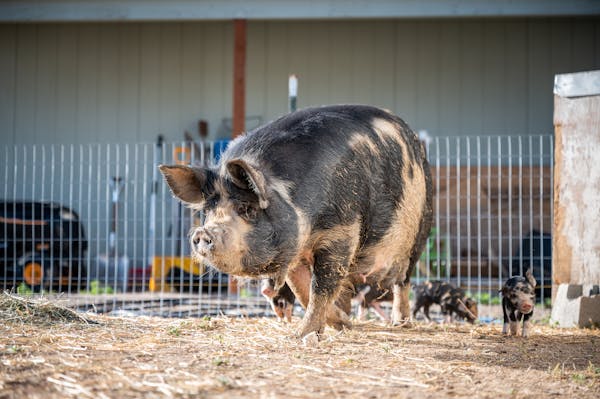
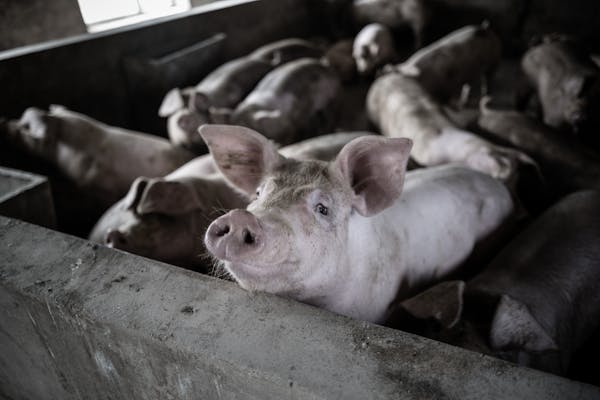

5. Health Management
Keeping pigs healthy is essential for a successful and sustainable pig farming operation:
Regular Monitoring: Frequent health checks help identify signs of illness, injury, or stress early, allowing for prompt treatment.
Vaccinations and Treatments: Administering vaccines and necessary medications helps prevent and control common diseases.
Biosecurity Measures: Strict biosecurity protocols, such as controlling farm access and maintaining hygiene, reduce the risk of disease outbreaks.
6. Harvesting and Processing
Proper harvesting and processing techniques are key to producing safe and high-quality pork products:
Slaughtering Practices: Humane and efficient slaughtering methods are important for animal welfare and meat quality.
Meat Processing: After slaughter, the meat is processed into a variety of products, including pork cuts, sausages, bacon, and other value-added items.
7. Economic Considerations
With strategic planning and management, pig farming can be a highly profitable enterprise:
Market Research: Analyzing local and international markets helps identify demand trends and pricing for pork and related products.
Cost Management: Controlling expenses related to feed, healthcare, housing, and other inputs is essential for maintaining profitability.
Value Addition: Turning raw pork into processed goods like sausages, bacon, and packaged cuts can significantly increase revenue and market appeal.

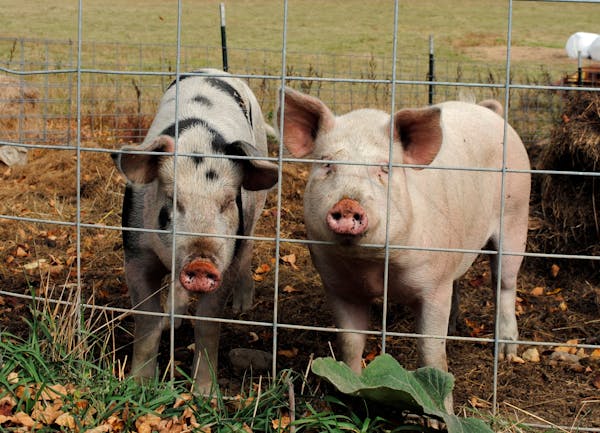
8. Environmental Impact
Pig farming can be made environmentally friendly through responsible and sustainable practices:
Sustainable Practices: Incorporating renewable energy sources, organic or locally sourced feeds, and recycling systems helps reduce the farm’s environmental footprint.
Manure Management: Efficient handling of manure allows it to be used as a natural fertilizer or converted into biogas, promoting both sustainability and resource efficiency.
Encouragement for Small-Scale Pig Farming Investment
Dear Aspiring Pig Farmer,
Starting a Pig Farming venture, whether on a small or large scale, can be both fulfilling and profitable. Here’s why investing in pig farming is a smart move:
- Strong Market Demand for Pork
Pork remains one of the most widely consumed meats across the globe, offering a reliable and consistent market for your products.
Expanding into value-added products like sausages, bacon, and ham can significantly boost your income potential. - Efficient Use of Resources
Pigs are highly efficient at converting feed into meat, making them cost-effective to raise.
They can thrive on a diverse diet that includes agricultural by-products and kitchen waste, helping reduce feeding costs and minimize food waste.
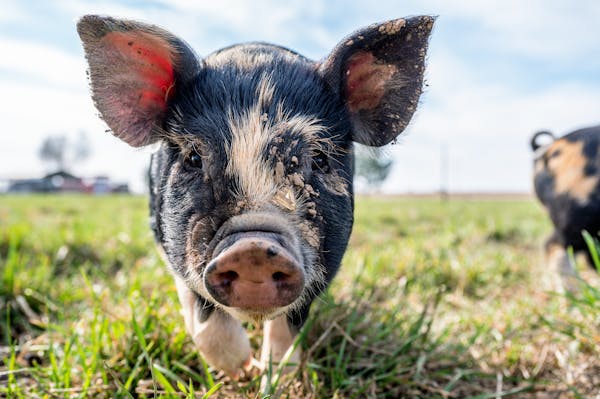

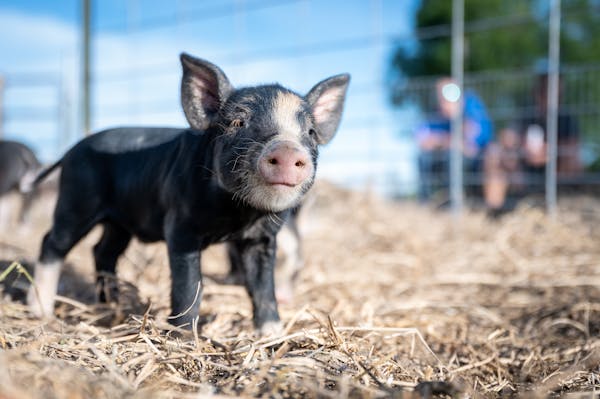
- Scalable and Adaptable
Pig farming offers flexibility to grow at your own pace.
You can begin with a small operation and gradually expand as you gain more experience and resources.
It’s also highly adaptable, suitable for various climates and systems — whether free-range, semi-intensive, or intensive setups. - Economic Benefits
Pig farming can generate a consistent income and create employment opportunities, especially in rural communities.
Additionally, by-products like manure can be repurposed to enrich soil or produce biogas, opening up extra streams of revenue. - Sustainable and Eco-Friendly
With the right practices, pig farming can be environmentally sustainable.
Responsible waste management, recycling systems, and eco-friendly techniques contribute to a healthier farm ecosystem and long-term sustainability.

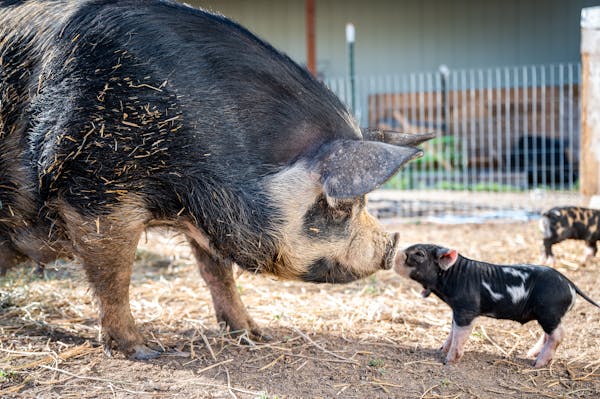
Taking the First Steps:
- Start Small
Launch your pig farming journey with a manageable number of pigs, allowing you to learn the ropes and grow your operation gradually as your experience and confidence increase. - Education and Training
Take advantage of agricultural extension services, online courses, and local farming communities to expand your knowledge and stay updated on best practices. - Plan and Budget
Create a detailed business plan and set a realistic budget to guide your investment decisions, manage risks, and support long-term, sustainable growth.
Remember, every thriving pig farming venture began with just one step. With passion, commitment, and wise investment choices, you can build a rewarding and successful journey in pig farming. Embrace the challenges, celebrate your milestones, and stay focused—each step forward brings you closer to realizing your farming goals.
Wishing you the best of luck in your Pig farming journey!
Warm regards,
Valipi Reddy
C.E.O, IMFORU PVT. LTD.
